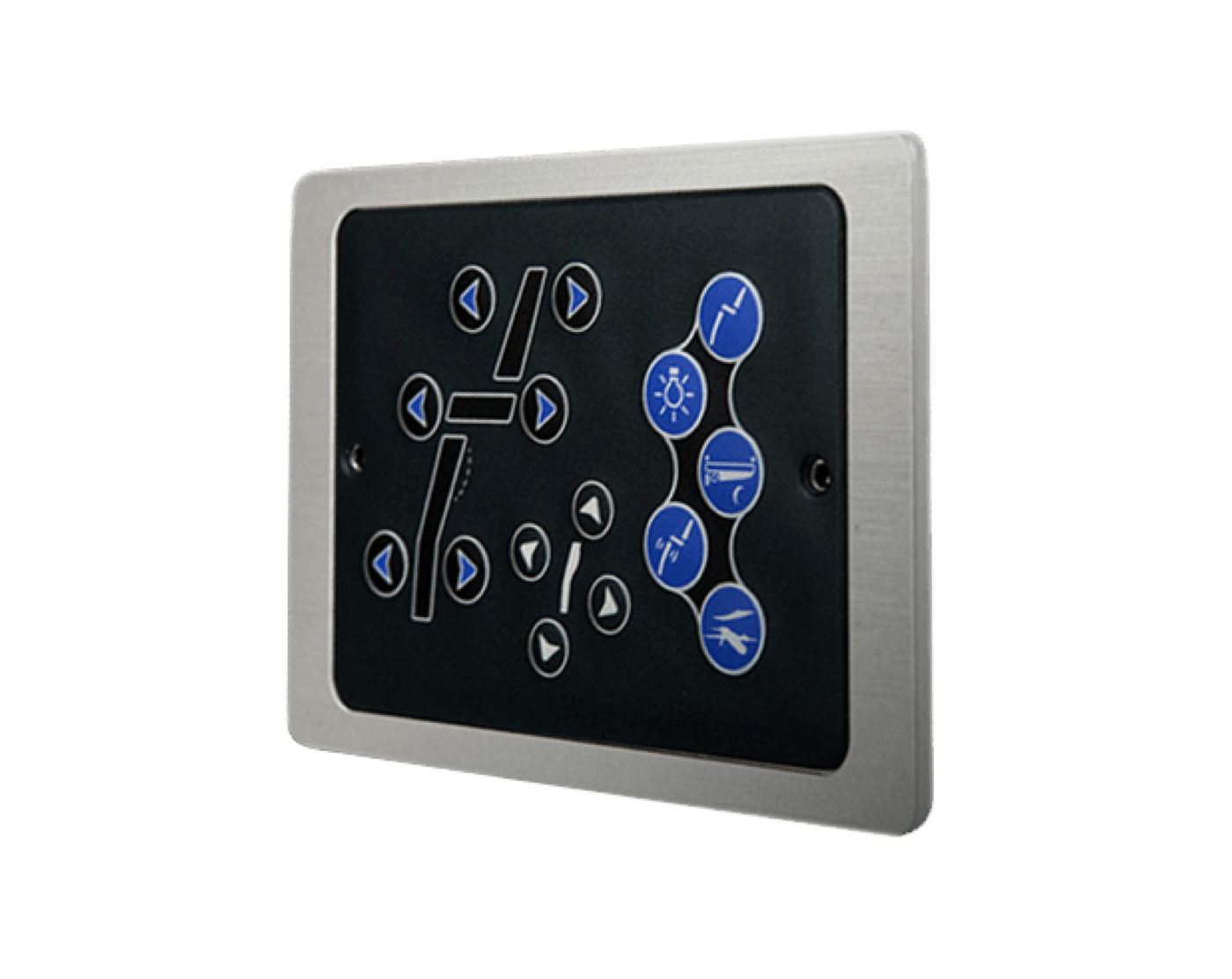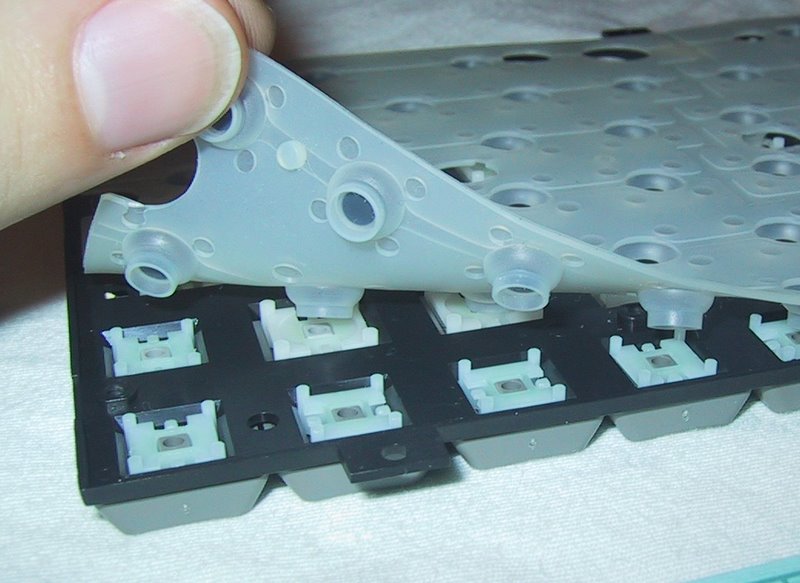Discover the Adaptability and Durability of Membrane Switches in Modern Electronic Devices
The Ultimate Source on Membrane Layer Switches: Layout, Capability, and Applications
Membrane switches serve as an intriguing intersection of design and functionality, playing a pivotal role in modern customer interfaces throughout different industries. As we check out the varied applications of membrane buttons, it ends up being obvious that their flexibility and resilience are critical in environments varying from medical care to customer electronic devices.

Comprehending Membrane Layer Switches
Membrane layer switches are a kind of interface modern technology widely utilized in various electronic tools, identified by their thin, versatile design and performance. These buttons consist of numerous layers that include graphic overlays, sticky layers, and wiring, enabling a effective and compact interface for customers. They can be found in home appliances, clinical tools, and industrial control board, giving a reliable approach for user interaction.
Among the key advantages of membrane buttons is their capacity to resist pollutants such as dirt and moisture, making them appropriate for settings where sturdiness is vital. Their inconspicuous layout enables smooth integration into different applications, while the customizable graphic overlays improve individual experience by supplying clear aesthetic responses. In addition, membrane switches can accommodate a variety of technologies, such as tactile feedback and backlighting, further enhancing their usability.
The manufacturing process for membrane layer switches over normally includes screen lamination, die-cutting, and printing strategies, making certain accuracy and uniformity in production. On the whole, membrane layer changes stand for a functional and efficient service for modern digital devices, incorporating performance with aesthetic allure in interface design.
Trick Parts and Design Components
A selection of crucial elements and layout components integrated to produce an efficient membrane button. At the core, the visuals overlay serves both aesthetic and functional objectives, using a straightforward interface while protecting interior components from ecological factors. The selection of materials, typically polyester or polycarbonate, affects durability and responsive responses.
Below the overlay, the glue layer guarantees the button sticks securely to the substrate, which can be plastic, glass, or steel. The spacer layer is essential, as it preserves the necessary gap in between the overlay and the circuit layers, enabling for reliable actuation. Membrane Switches. Circuit traces, usually made from conductive ink or adhesive, are printed on an adaptable substratum, enabling electrical signals to be sent when stress is applied
Style factors to consider additionally include the arrangement of tactile domes or embossing that give physical responses to the user, improving the general experience. In addition, the format and spacing of the switches must be optimized for simplicity of use, making certain that users can navigate the interface intuitively. Generally, these elements and layout elements work synergistically to create a trustworthy, useful membrane layer switch tailored to certain applications.
Functionality and Operation System
At the heart of reliable functionality for membrane changes exists their operational system, which assists in customer communication through a basic yet reliable design. These switches operate the principle of stress activation, where a customer uses force to a designated area of the button (Membrane Switches). This activity compresses the layers of the switch, finishing an electric circuit that sends out a signal to the connected device
The construction generally includes a leading visuals layer, a sticky spacer layer, and a bottom circuit layer, which collectively form a durable user interface. When stress is used, the leading layer breaks down against the lower circuit layer, permitting conductive traces to link. This design not just makes it possible for clear responsive comments but additionally makes certain durability and integrity, as the buttons are often resistant to dirt and wetness.
Furthermore, the convenience of membrane layer switches permits for integration with different innovations, consisting of LED indicators and microcontrollers, enhancing their performance. By supplying a streamlined user interface that lessens mechanical wear, membrane switches continue to be a preferred selection in applications varying from consumer electronic devices to industrial equipment, making certain ideal performance and customer contentment throughout diverse environments.
Kinds Of Membrane Buttons

Another significant classification is brightened membrane switches, which integrate backlighting to improve presence in low-light problems. These buttons are typically made use of in control panels and dashboards where clear visibility is necessary.
Furthermore, there are customized membrane layer switches developed to fulfill details dimensional, graphical, and functional demands. These personalizations can Go Here consist of special shapes, colors, and layouts, enabling seamless integration right into numerous gadgets.

Applications Across Various Industries
How do membrane layer buttons improve functionality across varied industries? These versatile components are integral to various applications, providing streamlined individual interfaces and robust performance. In the clinical market, membrane switches play an important role in tools such as analysis equipment and patient surveillance systems, where dependability and simplicity of cleansing are vital. Their capability to withstand harsh settings makes them suitable for laboratory tools and surgical devices.
In the automobile sector, membrane switches are commonly used in control panels and control panels, supplying user-friendly controls that enhance motorist safety and security and benefit. The customer electronics industry also takes advantage of their lightweight and adjustable functions, making it possible for sleek styles for mobile phones and home devices.
Moreover, membrane switches discover applications in commercial automation, where they add to efficient machinery procedure and surveillance systems. Their resistance to dust and moisture makes sure capability sought after conditions (Membrane Switches). Additionally, the food and beverage market uses membrane layer buttons for tools control, where hygiene and longevity are vital
Final Thought
In verdict, membrane layer changes represent an essential advancement in user interface technology, identified by their special style and functionality. The versatility of membrane layer changes facilitates their application throughout diverse sectors, from clinical devices to customer electronic devices.
Membrane switches over serve as an interesting review junction of style and performance, playing a pivotal duty in modern customer interfaces across various fields.Membrane buttons are a type of customer interface innovation widely made use of in different electronic tools, characterized by their slim, versatile layout and performance.At the heart of effective capability read here for membrane layer switches lies their functional system, which facilitates individual interaction via a straightforward yet efficient layout. These buttons run on the principle of pressure activation, where a user uses pressure to a marked location of the switch.In verdict, membrane layer changes stand for a critical development in customer interface technology, identified by their special layout and functionality.